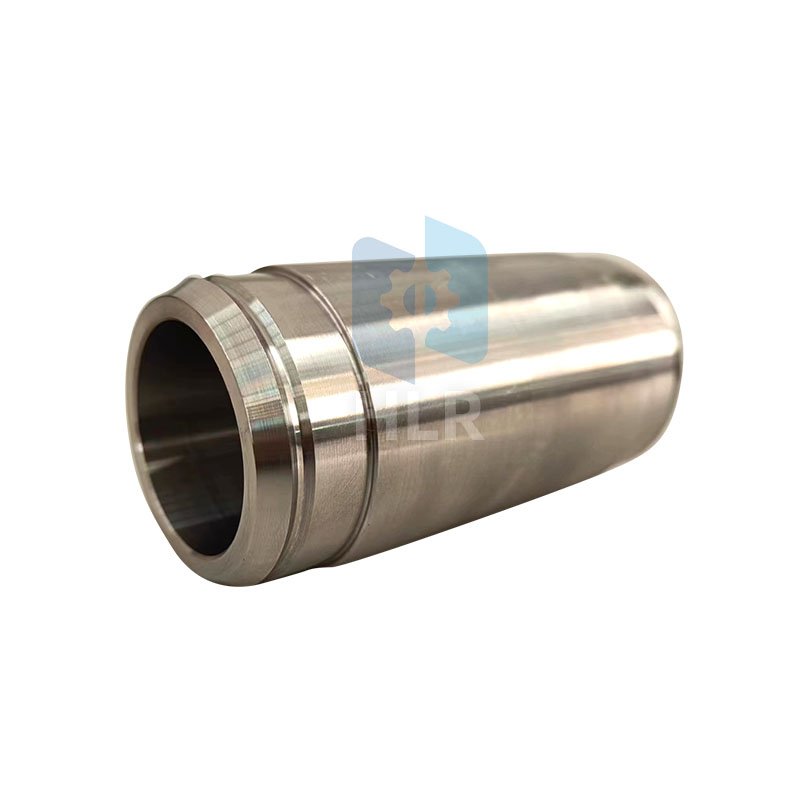Unveiling the Strength: The Impact of Stainless Steel Composition on High-Performance Engine Cylinder Liners
2024-02-20
In the world of high-performance engines, where precision, durability, and reliability are paramount, every component must meet exacting standards. Among these critical components, the material composition of cylinder liners plays a pivotal role in determining engine efficiency and longevity. Stainless steel, renowned for its strength, corrosion resistance, and versatility, emerges as a standout choice for cylinder liners in high-performance engines. Let's explore how the material composition of stainless steel contributes to the effectiveness of cylinder liners in these demanding applications.
Stainless Steel: The Backbone of Performance
1. Strength and Durability: At the heart of stainless steel's effectiveness lies its exceptional strength and durability. Engineered to withstand extreme temperatures, pressures, and mechanical stresses, stainless steel cylinder liners provide a robust barrier against wear and deformation, ensuring long-term reliability in high-performance engines.
2. Corrosion Resistance: High-performance engines often operate in harsh environments where exposure to moisture, acids, and other corrosive elements is inevitable. Stainless steel's innate corrosion resistance, attributed to its chromium content, shields cylinder liners from degradation, rust, and pitting, preserving their structural integrity and performance over time.
3. Heat Dissipation: Efficient heat dissipation is crucial for preventing engine overheating and maintaining optimal operating temperatures. Stainless steel's high thermal conductivity facilitates rapid heat transfer from the combustion chamber to the cooling system, mitigating thermal stress on cylinder liners and enhancing overall engine performance.
4. Compatibility with Lubricants: Proper lubrication is essential for minimizing friction and wear between moving engine components. Stainless steel cylinder liners exhibit excellent compatibility with lubricants, allowing for smooth piston movement and reduced frictional losses, thereby optimizing engine efficiency and power output.
Tailoring Stainless Steel Composition for Performance
1. Alloying Elements: The composition of stainless steel can be tailored through the addition of alloying elements such as nickel, molybdenum, and titanium. These elements impart specific properties to the material, such as increased strength, ductility, and resistance to thermal cycling, enabling engineers to optimize cylinder liner performance for different engine requirements.
2. Surface Treatments: Surface treatments, such as nitriding and ceramic coatings, further enhance the performance of stainless steel cylinder liners by improving wear resistance, hardness, and lubricity. These treatments create a protective barrier that prolongs the service life of cylinder liners in high-performance applications subjected to extreme operating conditions.
Conclusion
In the realm of high-performance engines, where precision and reliability are non-negotiable, the material composition of cylinder liners plays a decisive role in determining overall engine performance and durability. Stainless steel, with its unmatched combination of strength, corrosion resistance, and versatility, stands as a cornerstone of excellence in cylinder liner design. By harnessing the inherent properties of stainless steel and tailoring its composition to specific application requirements, engineers continue to push the boundaries of performance and innovation in the pursuit of automotive and industrial excellence.



